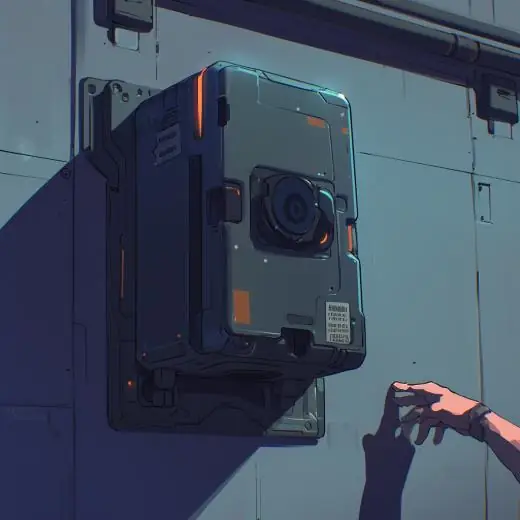(Volume 2) Info page: Void Transmission Tech
Through guidance from the Music Pillar, the D.S.O. developed a new method of global surveillance. Using Void Transmission technology, people across the world could view the events of the National Exam in real time — from open fields to compartments hidden beneath buildings.
A basic guide to the technology
- Spec Camera: Collects visual feed from several miles away.
- D.S.O Relay: Receives and transmits the collected data.
- D.S.O.I (Intelligence): Converts this information into visual data with the help of several supercomputers.
Extended method of transmission
Spec Camera: Large black boxes that emit a web of sensory particles across their designated area. Each unit is encased in a thin layer of polycarbonate glass and contains advanced computational hardware (typically DU‑32 decoding chips). A secured compartment houses semi‑unstable VX crystals tuned for high‑precision sensory data.
D.S.O Relays: Transmission towers and satellites partially used to receive and transmit information sent by Spec Cameras. Each relay is adapted to stabilise the raw, unstable format of VX energy.
D.S.O.I (Intelligence): The Intelligence sector converts stabilised transmissions to comprehensible data using supercomputers capable of translating dense VX sensory feeds.
Extra facts
- The first‑generation Spec Cameras can fire sensory particles across a 5‑mile radius and be fine‑tuned to specific locations.
- Due to their sub‑atomic size and complex structure, VX particles allow data to be densely encoded and transmitted efficiently via electromagnetic signals.
- The transmitted information may appear simple at first glance but contains an incredibly dense dataset that a supercomputer converts into a visual feed.

